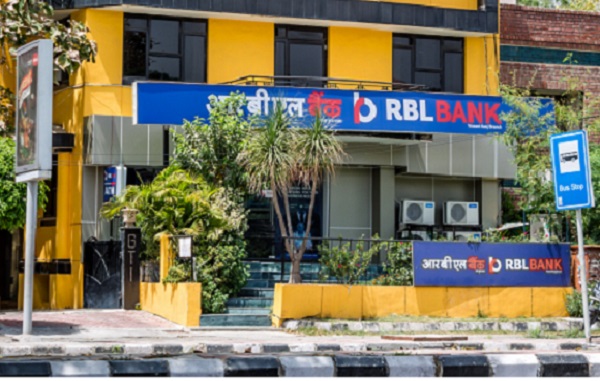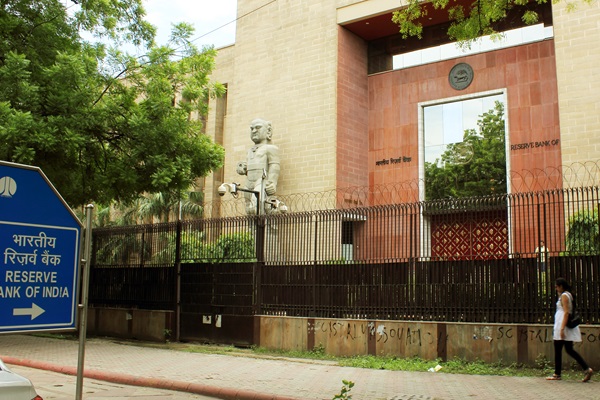.png)
Gurumurthy, ex-central banker and a Wharton alum, managed the rupee and forex reserves, government debt and played a key role in drafting India's Financial Stability Reports.
October 22, 2025 at 3:55 AM IST
The recent proposal by Emirates NBD to buy a majority stake in India’s RBL Bank, a private lender, which came on the heels of Sumitomo Mitsui Banking Corporation’s minority stake purchase in Yes Bank, has triggered some interesting discussions in media circles. They range from “it is better to buy than build” to “synergies between foreign capital and domestic talent” that can transform India’s financial sector landscape through competition and transformative business models.
Having faced repeated setbacks in building operations from scratch, several global lenders are now opting to acquire existing Indian franchises such as banks, housing finance companies, and gold loan firms. Reports suggest that the Indian financial sector has so far witnessed about $8 billion worth of stake acquisitions this calendar year. The logic, to some, seems straightforward: acquiring a functioning platform with customers, systems, and regulatory approvals is safer than starting from zero.
It also appears to mark a course correction from the early 2000s, when many foreign lenders attempted to expand organically and fell short. CitiFinancial, HSBC’s micro-lending foray, and Standard Chartered’s retail and corporate exposures all struggled to find profitable scale. By the late 2010s and early 2020s, foreign banks’ share of India’s banking sector remained in single digits, for example, around 6% of system assets in 2022 and less than 4% of the loan book, even as they continued to play niche roles in investment banking, trade finance, and treasury operations.
At first glance, therefore, the new wave of cross-border interest led by Japanese, Middle Eastern, and other Asian lenders looks like a more pragmatic, capital-efficient version of earlier ambition. Yet the “buy, not build” model deserves a closer look, because beneath the strategic logic lies a set of financial and regulatory realities that could again test foreign investors’ expectations.
Search for Yield
If that is the case, this dynamic, while rational, also makes these acquisitions vulnerable to shifts in interest rate differentials or regulatory treatment. If global rates rise or local spreads narrow, the same portfolios that now look attractive could quickly appear expensive. History shows that short-term capital often arrives faster than it learns how to stay.
The Challenges
The experience of DBS Bank illustrates the point. Its 2020 acquisition of Lakshmi Vilas Bank, a troubled private lender, expanded DBS’s India footprint overnight and brought in a larger deposit base. Yet the integration process has been gradual and closely supervised. DBS had to inject capital to stabilise the balance sheet and continues to focus on consolidating systems and improving asset quality. The acquisition was prudent, but it also demonstrated that “buy” does not necessarily translate into “transform,” at least not immediately.
Foreign ownership in Indian banks is capped and closely monitored by the RBI. Even for approved acquisitions, regulatory scrutiny extends to governance structures, senior management appointments, and risk oversight. This ensures systemic stability but also limits the operational flexibility that foreign acquirers may expect.
As a result, the much-discussed formula of “foreign capital meets Indian management” can sometimes resemble parallel coexistence rather than seamless integration. Global lenders bring capital strength and risk frameworks, while local managements bring market insight and relationships. But without shared operational control or the ability to deploy global processes freely, such partnerships may deliver stability rather than innovation.
It is also tempting to assume that growing economic linkages between India and Asia or the Middle East automatically translate into banking opportunities. While trade, investment, and remittance flows are expanding, the nature of banking in those regions is different. Bridging that gap requires more than a balance-sheet investment; it demands cultural and operational recalibration.
A Cautious Optimism
However, for such partnerships to succeed, both sides need realism. Foreign institutions must recognise that Indian financial intermediation is complex, relationship-driven, and tightly regulated, not easily amenable to imported business models. Regulators, for their part, may need to consider how ownership and control structures can evolve without compromising prudential safeguards if India is to benefit from global capital and expertise in a sustainable way.
“Buy, don’t build” reflects a maturing of perspective after the misadventures of the 2000s. But it is not yet a guarantee of success. The real test will be whether these cross-border acquisitions lead to genuine integration of systems, culture, and risk understanding rather than a temporary convergence of convenience. At the same time, if they can bring healthy competition to domestic players, the domestic financial sector could see some transformative changes. If that balance is achieved, India could finally see foreign banks that both endure and add depth to its financial system. Of course, the domestic financial sector needs to move beyond its own equivalent of an Ambassador or a Premier Padmini.




